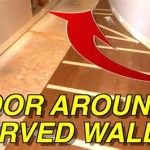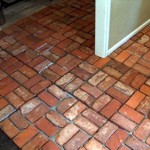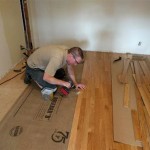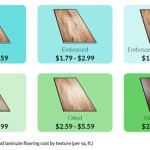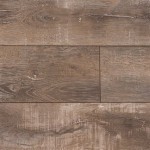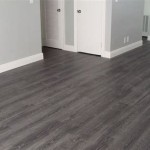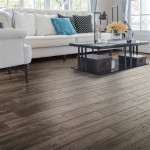Essential Aspects of Sound Insulation Flooring
Sound insulation flooring is a crucial aspect of modern building construction, providing a quiet and comfortable living environment. Here are some essential aspects to consider when choosing and installing sound insulation flooring:
Types of Sound Insulation Materials:
Sound insulation materials can be classified into two main types: impact insulation and airborne insulation. Impact insulation, such as rubber underlayments, reduces noise caused by footsteps and dropped objects. Airborne insulation, such as fiberglass or mineral wool, absorbs and blocks sound waves traveling through the air.
Underlayment Options:
Underlayment, installed beneath the flooring material, plays a vital role in sound insulation. Rubber, cork, or foam underlayments provide effective impact insulation, while mass loaded vinyl (MLV) underlayments enhance airborne insulation by adding weight to the floor system.
Flooring Materials and Construction:
Flooring materials themselves can contribute to sound insulation. Carpeting with a thick underlayment is an excellent choice for reducing impact noise, while luxury vinyl tiles (LVT) and laminate flooring with cork underlayments offer good airborne insulation. Proper installation, including tight joints and effective sealing, is crucial for optimizing sound insulation performance.
STC and IIC Ratings:
Sound Transmission Class (STC) and Impact Insulation Class (IIC) ratings are used to measure the effectiveness of sound insulation flooring. STC ratings indicate the ability to block airborne noise, while IIC ratings measure impact noise reduction. Higher STC and IIC ratings correspond to better sound insulation performance.
Installation Considerations:
Professional installation is recommended to ensure optimal sound insulation performance. Proper leveling of the subfloor, sealing of joints, and correct use of adhesives and underlayments are essential for maximizing sound reduction. Regular maintenance, such as cleaning the flooring and repairing any gaps or cracks, is also important for maintaining sound insulation efficacy.

Types Of Sound Insulation To Dampen Noise Guide Forbes Home

Soundproof Flooring Acoustic Floor Solutions Srs Ltd

A Guide To Floor Soundproofing Ikoustic

Soundproof A Floor Best Level 3 Sound Proof Flooring Proofing

Mutemat 3 Wooden Floor Soundproofing

Acoustic Floor Boards For Sound Insulation High Performance

How To Soundproof A Floor Against Noisy Neighbours

Sound Proof Flooring Soundblock Solutions

Floor Layers Sound Proof Flooring Proofing

Research On Impact Sound Insulation Performance Of Timber Floor Structure Experimental Techniques
Related Posts

